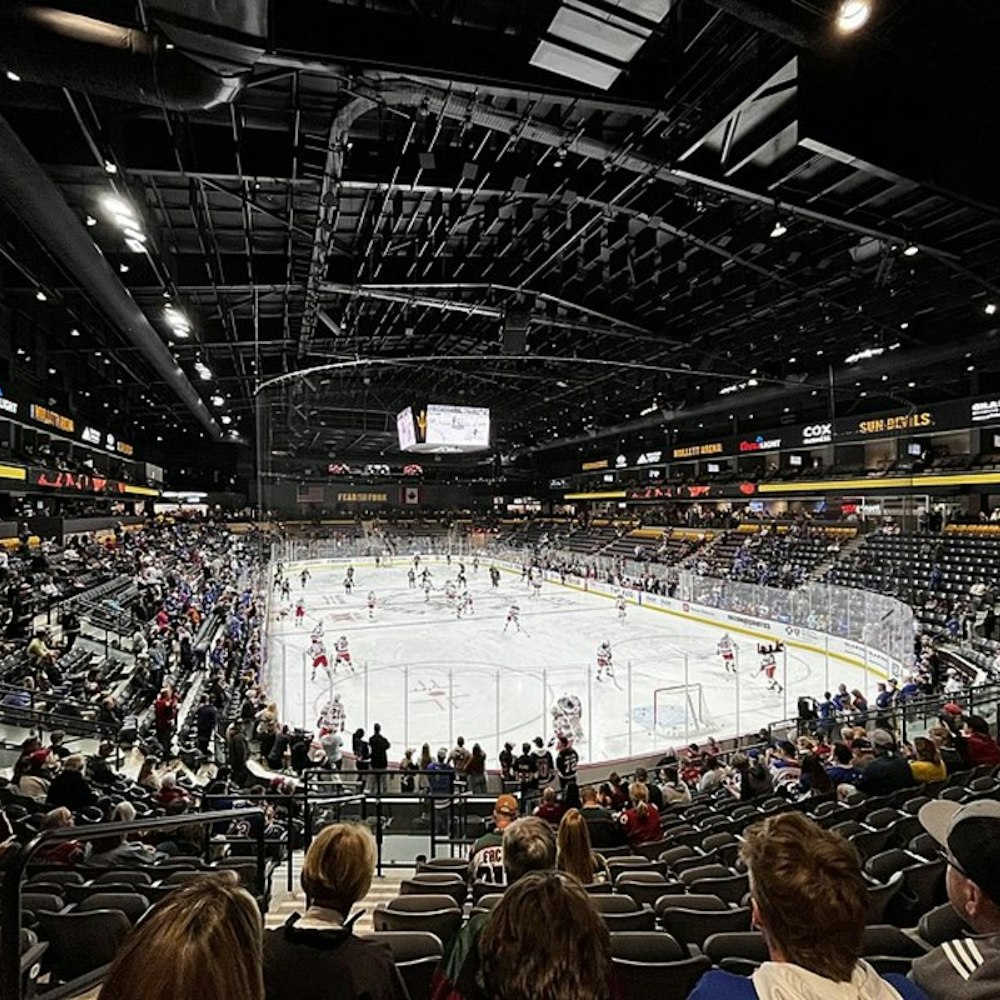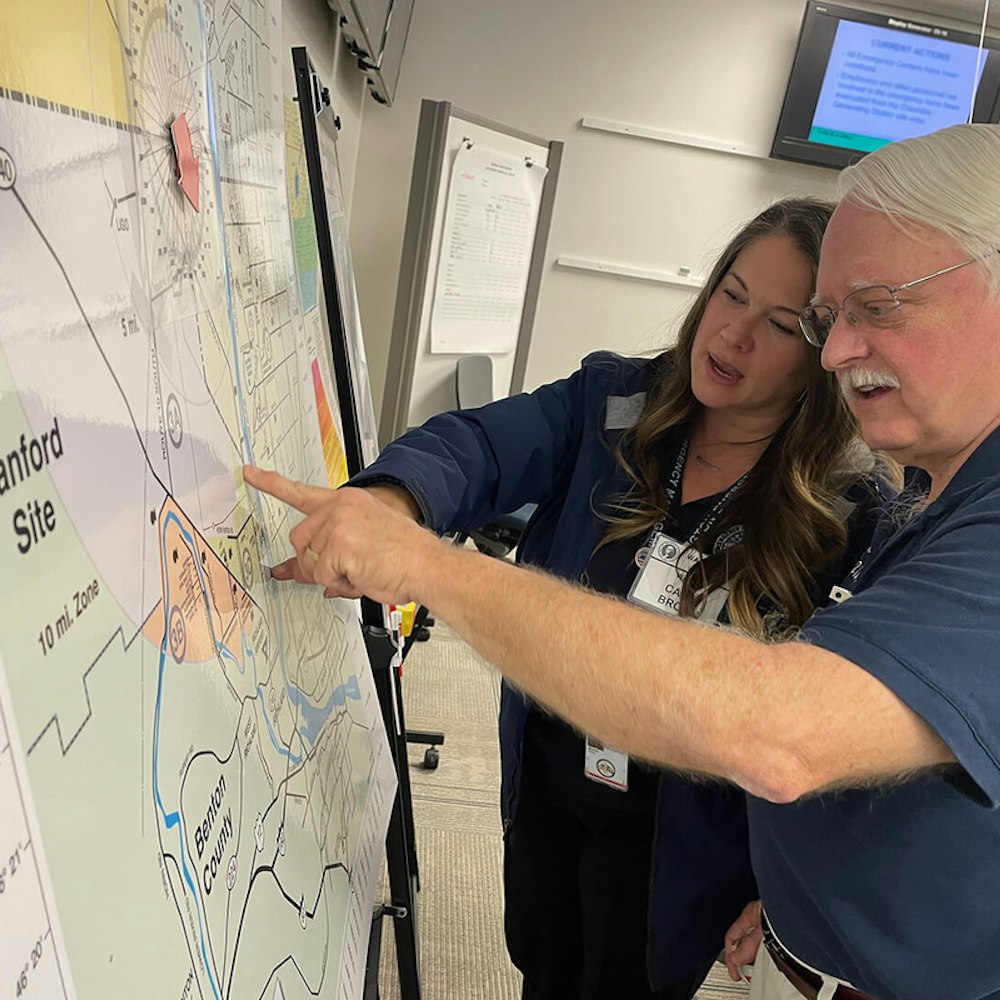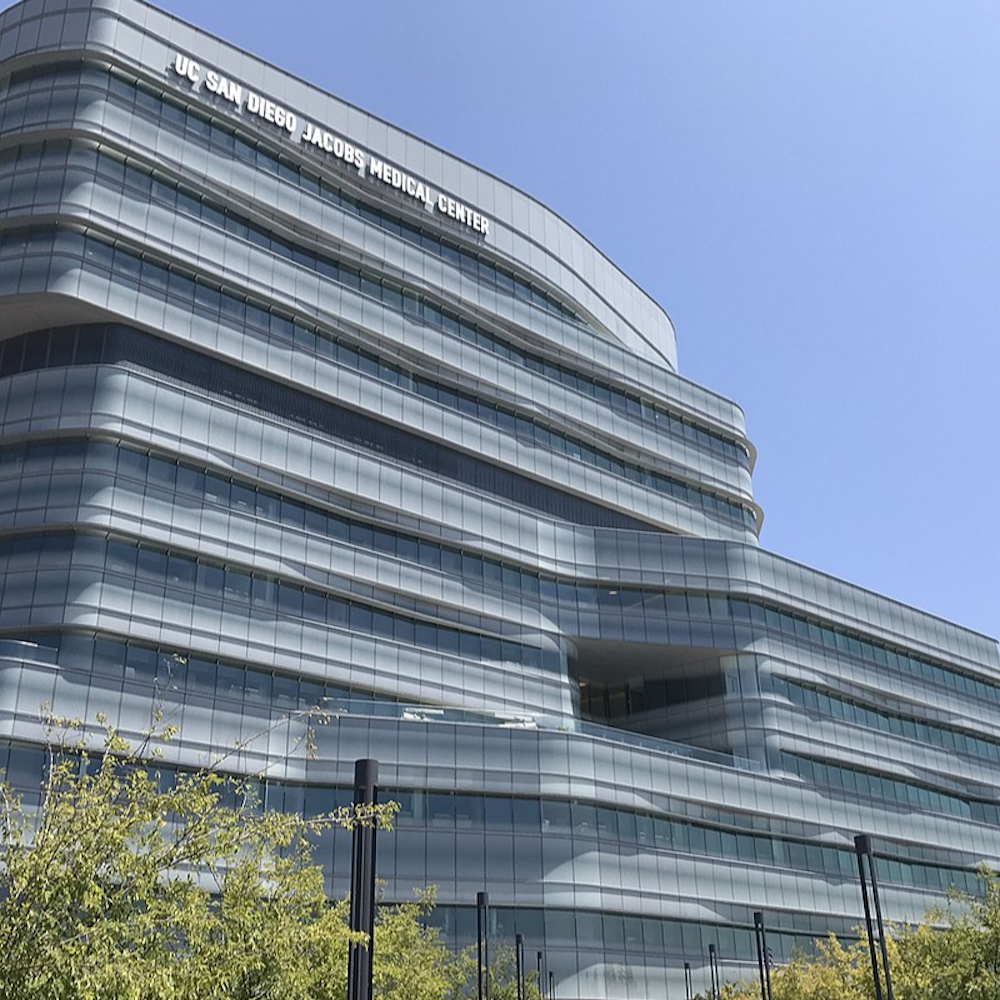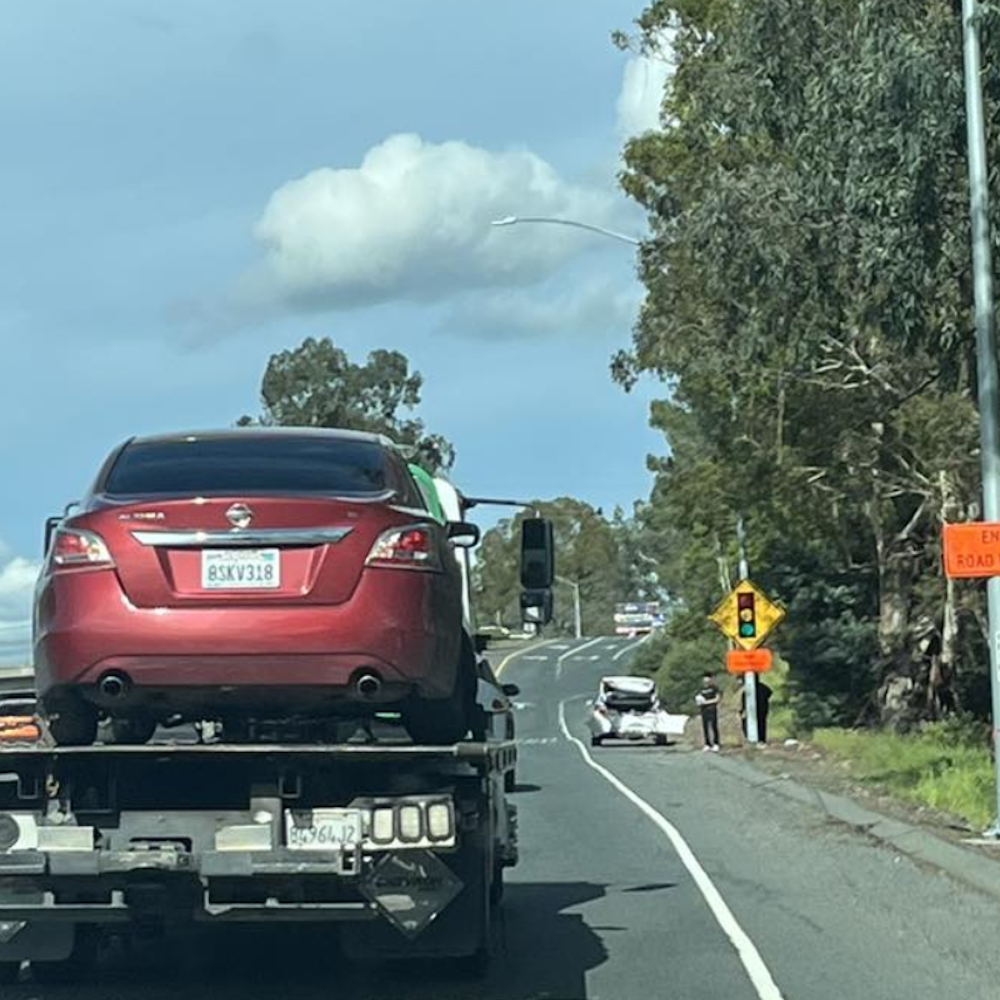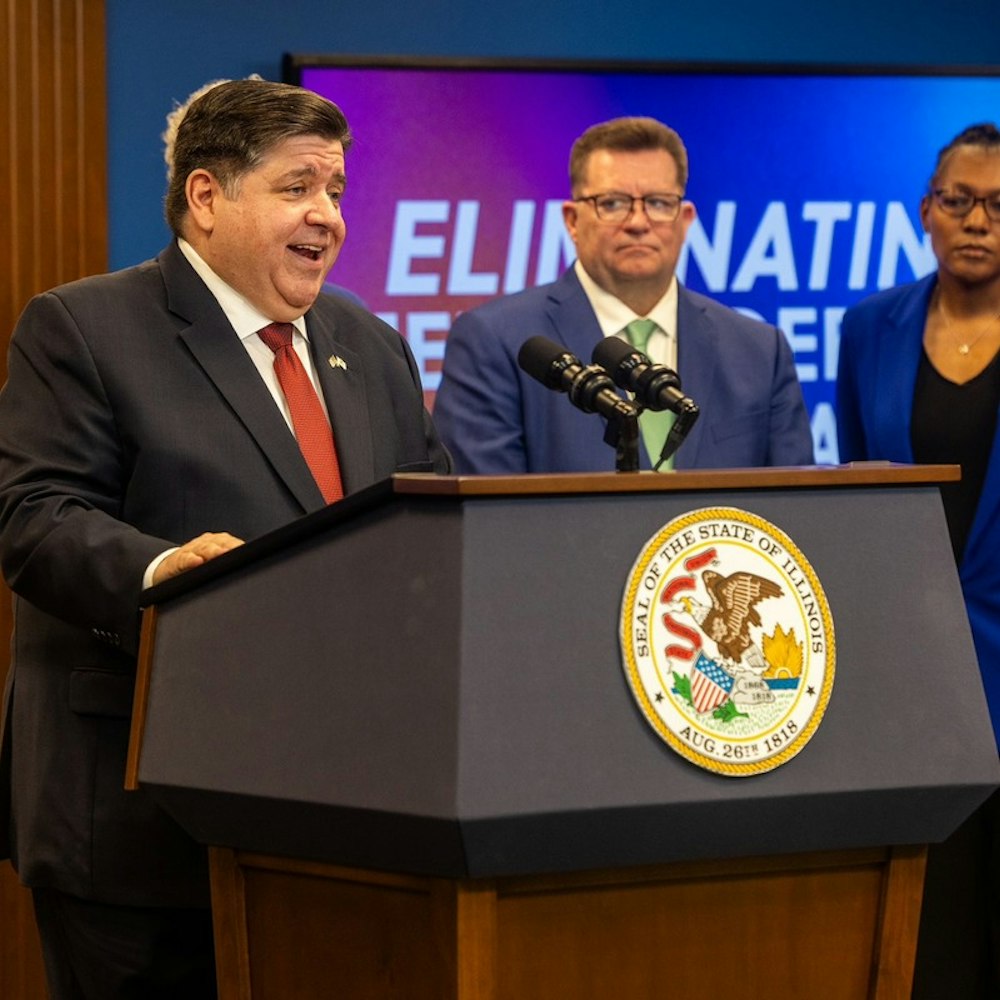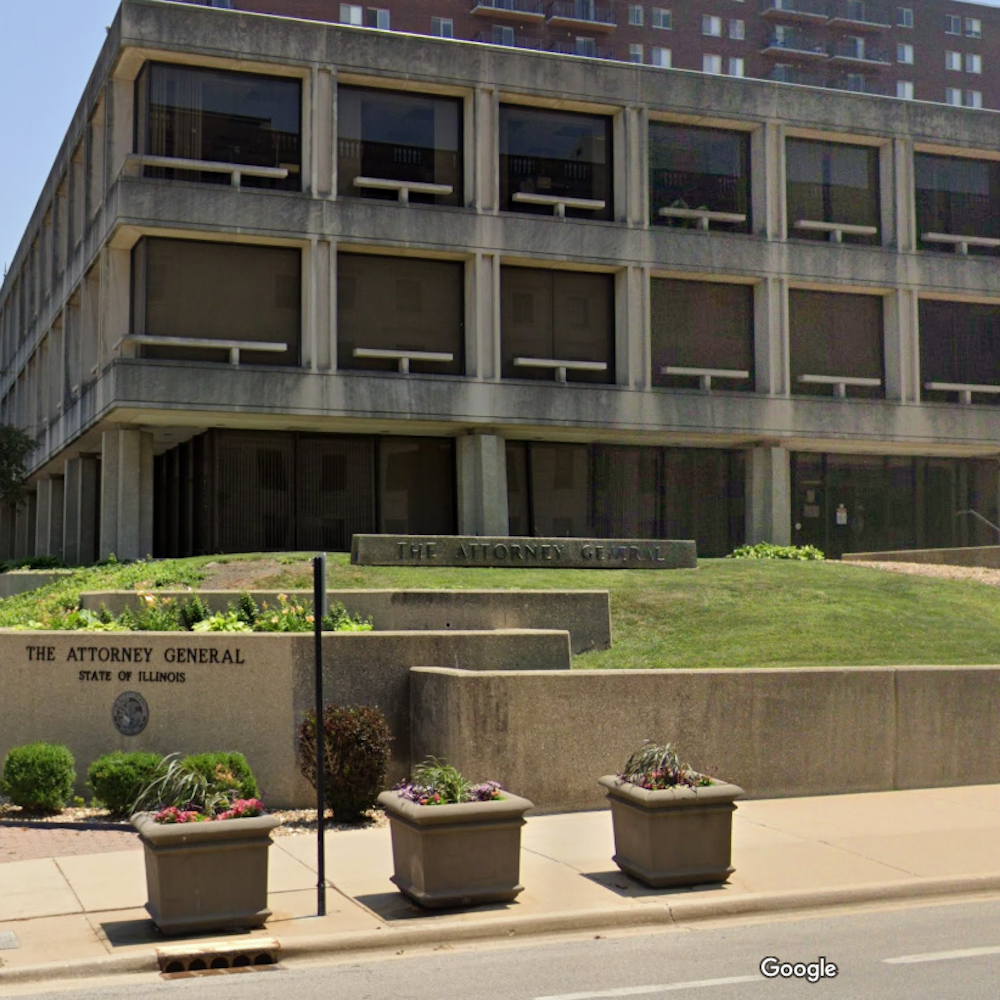
On Thursday, a tentative map of priority sites for developing housing in San Francisco over the next 30 years went before the Planning Commission for review.
For the first time, the map aims to prioritize housing growth on the city's west side, creating the potential to upzone parts of the Sunset District and Richmond District.
The plan has drawn criticism from some westside residents, notably Jake McGoldrick, the former District 1 Supervisor who represented the Richmond District from 2001 to 2009.
“The western side of the city should not be raped — in terms — to somehow or other accommodate some sort of ideology that says those folks aren’t doing their fair share,” McGoldrick told the Planning Commission in November. (A reporter attempted to contact him to clarify these remarks, but he did not respond by press time.)

The map in question is of "priority development areas" (PDAs), where denser housing can be added near public transit and quality jobs.
The first such map was adopted by the city of San Francisco in 2008, but almost entirely excluded the city's western half, including the entirety of the Sunset, Richmond and Parkside, as priority areas for development.
The decision left San Francisco as the Bay Area city with the largest acreage of transit-rich space that has yet to be designated as a priority development area, according to the Planning Department.
Now, the city is seeking to make updates to the map, as part of the opt-in process for Plan Bay Area 2050, a program offered through the Association of Bay Area Governments (ABAG).
While the map is not legally binding, it does come with a sweetener for enforcement. In exchange for designating more priority development areas, cities can apply for additional funding from ABAG for projects that increase housing supply, transit ridership, or community benefits.
Chinatown has been one beneficiary of the ABAG funding. Gen Fujioka of the Chinatown Community Development Center told Hoodline that it was used for pedestrian safety improvements.
Elsewhere, ABAG's money has gone to community planning processes, which resulted in decisions about which neighborhood corridors should be zoned for denser housing development.
“San Francisco’s current PDAs are heavily concentrated on the east side, though all of San Francisco qualifies under PDA criteria," said Planning Department representative Joshua Switzky at the meeting. "All of San Francisco shares responsibility to plan for housing.”
But not all of San Francisco agrees with that characterization.
“The thing that is so special about the Sunset and the Richmond, the west side in general, is that that’s where … the families and children live,” Ozzie Rohm of the Noe Neighborhood Council noted at the same November meeting where McGoldrick spoke.
“How could we be so unfair to these people, to these families, to these children, by not thinking about them and how they are going to get around?”

Rohm is technically incorrect — the San Francisco district with the largest number of children per capita is District 6, which encompasses SoMa and the Tenderloin. But many of the speakers against westside development nonetheless appealed to the impact it would have on children and families.
However, the map does have a key westside supporter: District 4 Supervisor Gordon Mar, who currently represents the Central and Outer Sunset and Parkside.
Mar wrote a resolution to approve the new PDA map that will eventually go before the Board of Supervisors for a vote. As part of the lead-up to that vote, he presented it to the Government Audit & Oversight Committee at Thursday's meeting.
Despite the controversy about westside housing production, Supervisor Mar’s office says it is serious about using the Plan Bay Area funds to accommodate future density in District 4.
To back this up, Mar's office cites his record. Since his 2018 election, the number of units approved in the Outer Sunset and the percentage of affordable housing permitted there have both increased rapidly.
Last month, 20 new homes were approved for construction at 3945 Judah St., and a second proposal to build 38 homes at 3601 Lawton St. will be heard before the Planning Commission in January. The construction of these two projects alone would add three times the number of homes produced in the Outer Sunset planning district since 2011.
But Mar has placed his support of new westside PDAs in direct opposition to an alternate planning strategy.
Alongside his motion to approve the PDA map, Mar has introduced a resolution to oppose state planning bill SB 50, “unless amended.”
Authored by San Francisco state Senator Scott Wiener, SB 50 would change zoning statewide to allow for higher-density housing construction near public transit and key job centers. The bill is cosponsored by both of San Francisco’s state representatives.
Upon passage, SB 50 would immediately upzone effected areas including parts of San Francisco's westside. It would change zoning faster than community planning processes, and does not allow for community input.
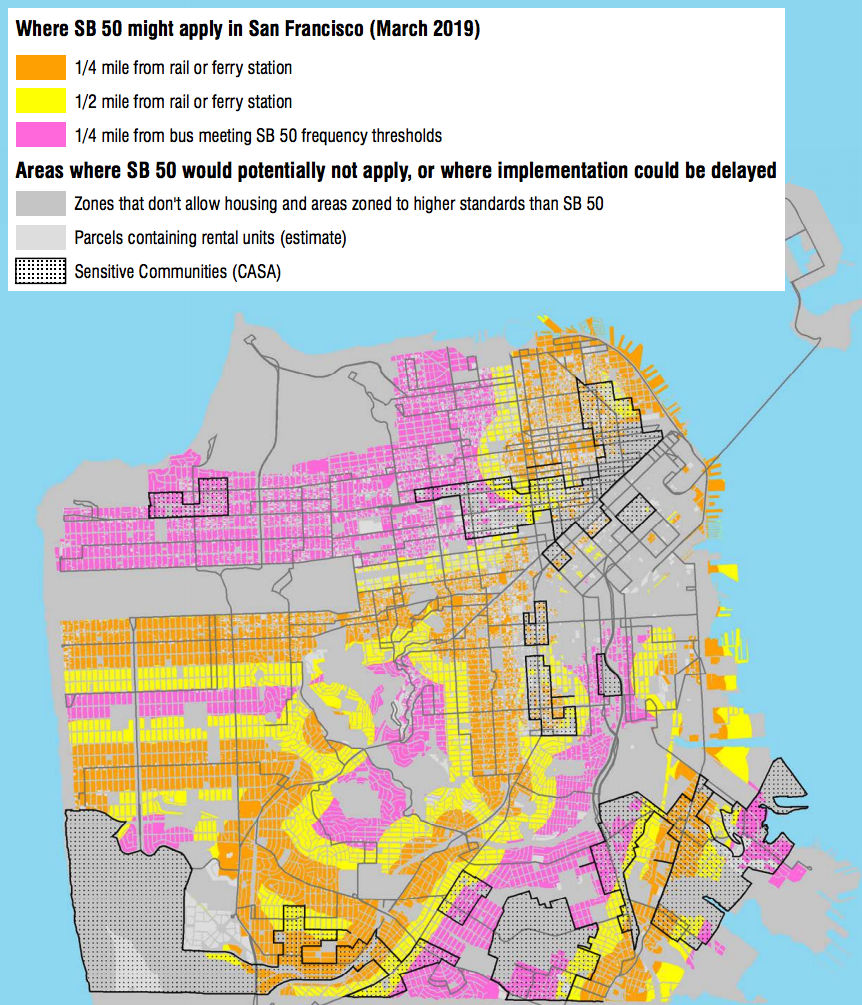
The bill has been highly controversial in San Francisco. Advocates from the San Francisco Tenants Union, the Mission Economic Development Agency, the Anti-Displacement Coalition, and Senior Disability Action spoke against it on Thursday, arguing that eliminating local control for vulnerable communities could hurt tenants at risk of displacement.
“[SB 50] starts from the wrong place,” said Deepa Varma of the San Francisco Tenants Union. “It doesn’t start from a place of, ‘We need to build affordable housing and keep people in their homes.’ It starts from a place of ‘How do we incentivize development and reward developers?’”
Varma is right that the bill has support from the real estate industry, including the California Association of Realtors and the California Apartment Association. But the bill is also supported by the Fair Housing Advocates of Northern California and the Nonprofit Housing Association of Northern California, who argue that state intervention is necessary to force suburban communities to end exclusionary zoning.
The bill is also opposed by a number of homeowners' associations, as well as wealthy cities like Cupertino and Beverly Hills. Organizations have weighed in for and against the bill for a host of different reasons.

Supervisor Mar and his allies say San Francisco’s participation in Plan Bay Area could be a middle ground, allowing the city to plan for future density in neighborhoods like the Sunset, while maintaining the local control that SB 50 would take away.
"We need to give communities a seat at the table to plan for more housing in their neighborhoods; to capture the value created when we upzone and use that value for increased affordability requirements and community benefits, instead of of giveaways to developers; and to provide meaningful, enforceable protections against displacement and gentrification," Mar said in his public statement on SB 50.
But Wiener, the bill's author, says Mar is misrepresenting his bill. He notes that he has amended SB 50 to include the strongest provisions against demolishing renter-occupied housing in the state. Amendments also carve out so-called "sensitive communities," which can opt-in to an alternate planning process.
On Thursday, Wiener released a statement arguing that Supervisor Mar should focus on development in his own district, and keep SB 50 out of it.
“I encourage Supervisor Mar to focus on housing solutions in his district and elsewhere, instead of introducing yet another non-binding resolution,” Wiener wrote.
Both the map of priority development areas and Supervisor Mar’s resolution opposing SB 50 will be heard before the full Board of Supervisors on December 17.
Final maps of priority development areas will be submitted to the Association of Bay Area Governments in mid-January.
Update, 12/11, 2:15 p.m.: A previous version of this story misspelled the surname of the Noe Neighborhood Council's Ozzie Rohm. We regret the error.
